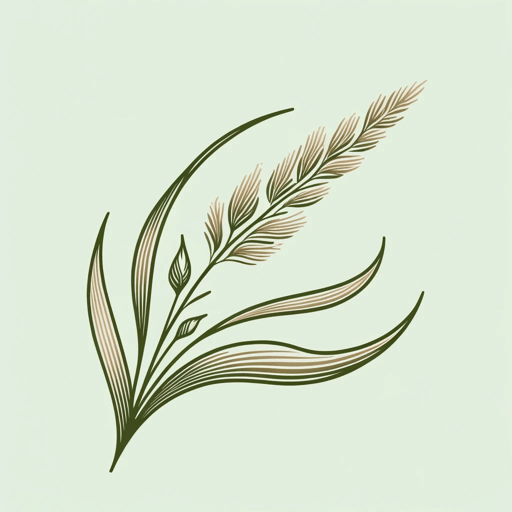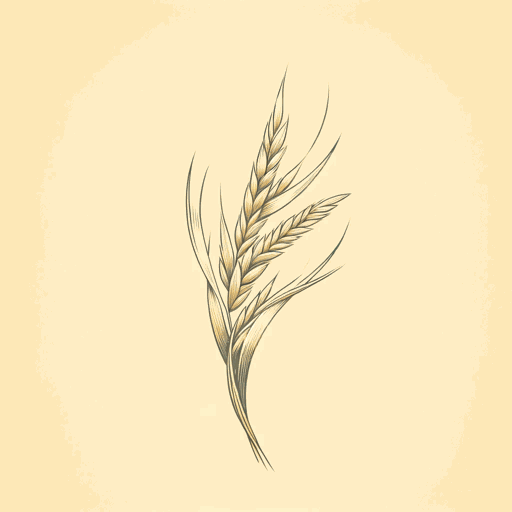48 pages • 1 hour read
Robin Wall KimmererBraiding Sweetgrass for Young Adults: Indigenous Wisdom, Scientific Knowledge, and the Teachings of Plants
Nonfiction | Book | YA | Published in 2022A modern alternative to SparkNotes and CliffsNotes, SuperSummary offers high-quality Study Guides with detailed chapter summaries and analysis of major themes, characters, and more.
Background
Historical Context: Indigenous American Residential Schools
In the 19th and early 20th centuries, boarding schools were established in the United States to assimilate Indigenous American children into Euro-American culture. These schools aimed to eradicate Indigenous American cultures and languages by taking Indigenous children from their families and forcibly integrating them into white Christian culture. To ensure their ties to their native culture were severed completely, children would often have their names changed, and their traditionally long hair would be cut short. They were forbidden to speak their native languages, practice their spiritual beliefs, or engage in traditional cultural practices or ceremonies. Some schools offered a standard American education, while others taught only vocational or domestic skills.
Indigenous children at residential schools often faced dangerous and abusive conditions. Cramped and dirty living quarters led to the quick spread of diseases such as tuberculosis and measles which the schools were unprepared to treat. Malnutrition due to poor diet also contributed to the spread and severity of diseases. Children who resisted attempts at assimilation were brutally punished, as were those who attempted to escape the violence by running away.
The flagship boarding school in 19th century America was the Carlisle Indian Industrial School founded by Richard Henry Pratt in 1879.
Related Titles
By Robin Wall Kimmerer


